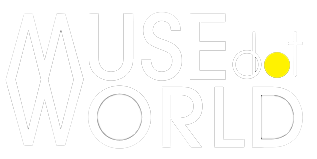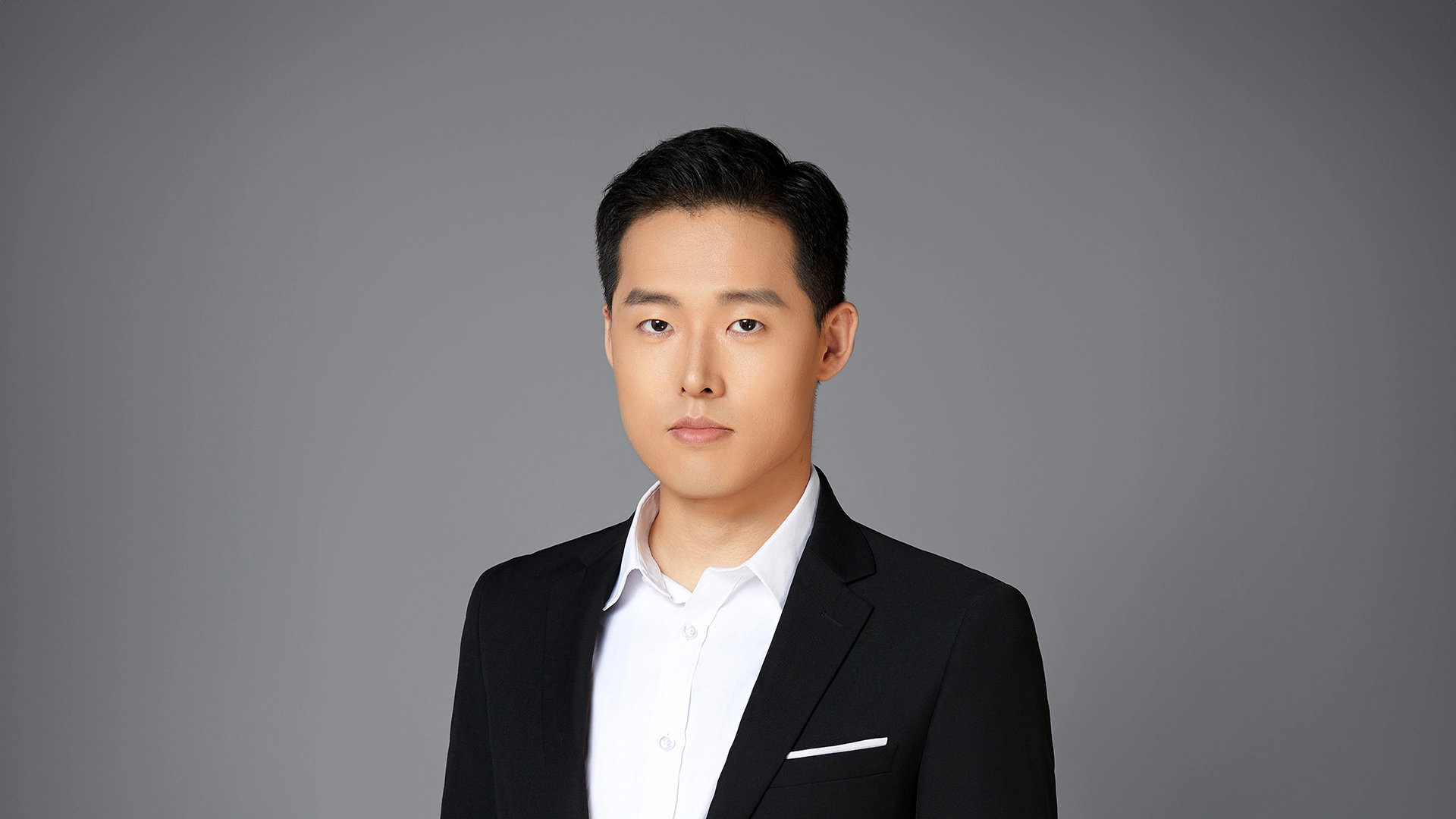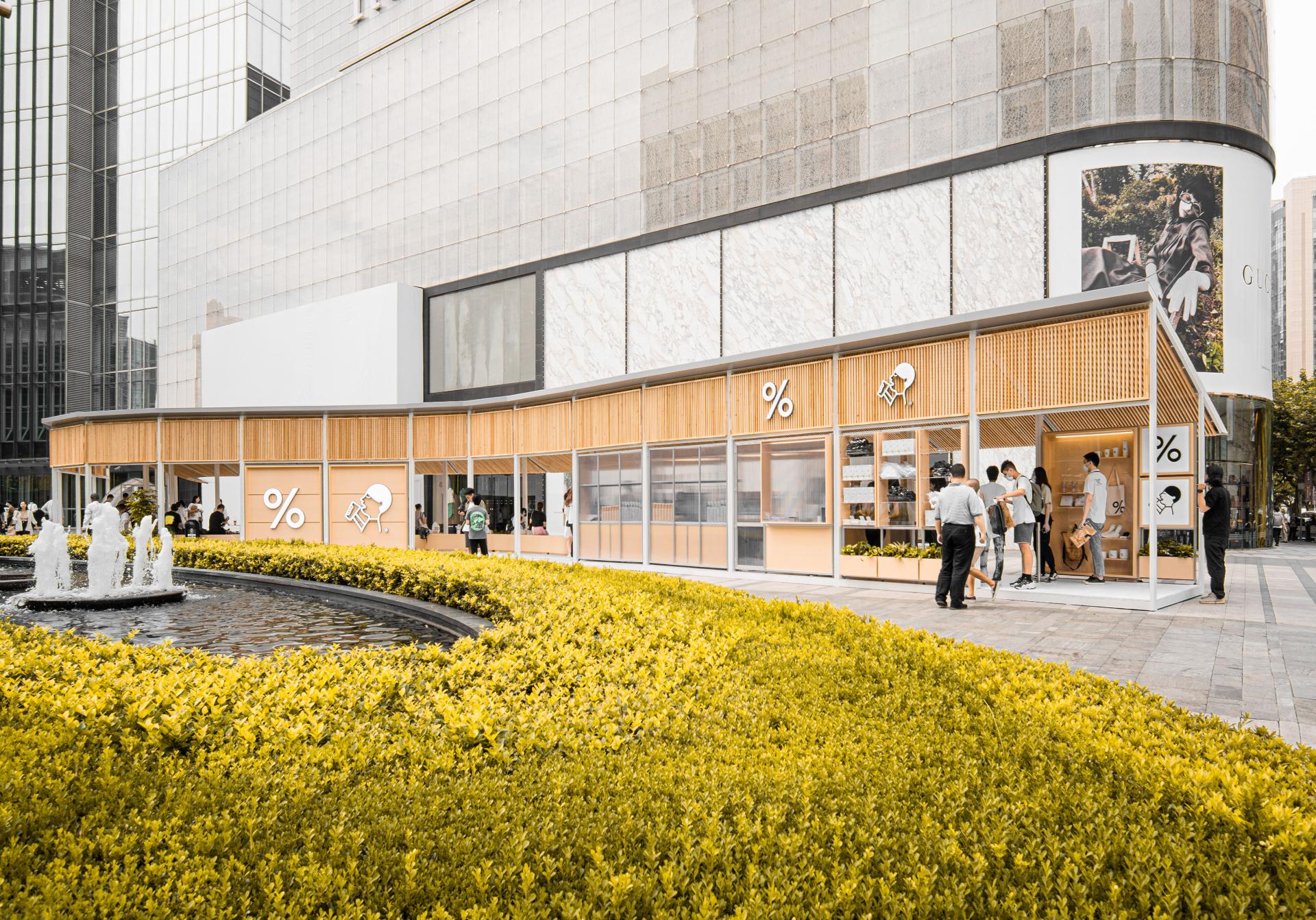1Please give us a brief bio of yourself and your design background.
I am Xiyao Wang, an architect and designer with an academic foundation from Tsinghua University and Harvard Graduate School of Design. My career spans architecture, interior design, and interdisciplinary art, with a focus on creating spaces that foster human interaction. I currently lead my own studio, Extended Play Lab, and serve as an Associate Principal at KPF, where I’ve worked on a number of large-scale urban projects.
I’ve had the privilege of contributing to landmark designs across the globe, from Miami’s Tower 36 to CPIC Xintiandi Commercial Center in China. My work is recognized internationally for blending technology with placemaking, and I’ve won several prestigious awards, including the NY Architectural Design Awards.
2What made you become/why did you choose to become an architectural / interior designer?
I have always been drawn to how spaces shape human lives. Growing up in Beijing, I witnessed rapid urbanization and how it transformed neighborhoods and communities. This sparked my interest in architecture as a means to not only build but also to create environments that bring people together.
Architecture, to me, is about crafting a narrative—whether it’s through a small pop-up store or a large urban development. The opportunity to work across different scales and influence how people experience spaces inspired me to pursue this career.
3Tell us more about your business/company, job profile, and what you do.
I’m the founder of Extended Play Lab, an architecture and interior design studio based in New York, and I also hold a leadership role as Associate Principal at KPF. My work spans a variety of scales and typologies, from landmark urban projects to bespoke interior spaces.
In my own practice, I focus on place-making, exploring how design can foster engagement between people and their environments. At KPF, I’ve had the opportunity to work on large-scale commercial and residential projects, helping to shape some of the most dynamic urban environments in the world.
4What does “design” mean to you?
Design is the act of creating meaning through form, space, and interaction. It’s more than just making things look good—it’s about solving problems, enhancing experiences, and shaping environments in ways that improve how we live, work, and play. Whether it's a temporary pop-up installation or a high-rise building, design should always be human-centric, striving to evoke emotions and foster connections.
5What’s your favorite kind of design and why?
I’m particularly drawn to urban architecture that reimagines public spaces, creating places where people can gather, interact, and experience the city in new ways. I also enjoy designing temporary, experimental installations like the %Arabica Heytea Pop-Up Store, which offers the flexibility to challenge conventional design and push creative boundaries.
6To you, what makes a “good” design?
A good design is one that balances form and function while sparking an emotional or intellectual response. It should feel intuitive, engage its users, and have a clear sense of purpose. Whether it’s through materials, spatial organization, or narrative, a successful design enhances the everyday experience while also addressing larger contextual and cultural concerns.
7Describe your design style and its main characteristics.
My design style blends technology with organic forms, aiming for a balance between sleek modernity and human warmth. I often explore fluid, continuous spaces that break away from traditional compartmentalization, like in the Quzhou Landmark Towers. I focus on creating environments where nature and architecture harmoniously coexist, using natural materials, light, and spatial flow to evoke a sense of openness and connection.
8Tell us about your design process.
My design process starts with research, focusing on the context, culture, and specific needs of the project. I often begin with sketches and hand drawings before moving to 3D models. Physical modeling plays an essential role, as it allows me to see how forms interact with space and light in a tangible way. Throughout the process, I work closely with collaborators to refine the design and ensure it meets both functional and aesthetic goals.
9Do you think your country and its cultural heritage has an impact on your design process?
Absolutely. Growing up in China, I was influenced by traditional Chinese architecture, especially its emphasis on harmony between the built environment and nature. This has deeply impacted how I think about space, especially in projects like Quzhou Landmark Towers, where I sought to integrate natural forms with urban design. I also draw from the rapid urbanization I witnessed in Beijing, which inspires me to consider the social impacts of architecture.
10Congratulations! As the winner of the NY Architectural Design Awards, what does it mean to you and your company and team to receive this award distinction?
Winning the NY Architectural Design Awards is a great honor and a validation of the work my team and I have put into creating meaningful and innovative designs. It also strengthens our commitment to pushing the boundaries of what architecture can achieve. For Extended Play Lab and my collaborators at KPF, it’s a recognition that our efforts to fuse technology with placemaking have a tangible impact on the built environment and the lives of those who experience it.
11Can you explain a bit about the winning work you entered into the NY Architectural Design Awards, and why you chose to enter this project?
I submitted two very different but equally meaningful projects: the %Arabica Heytea Pop-Up Store and the Quzhou Landmark Towers. The pop-up store was a temporary installation that allowed me to experiment with fluid forms and immersive environments in a commercial setting.
The Quzhou Landmark Towers, on the other hand, is a large-scale urban project that blends nature with cutting-edge architectural design. Both projects represent my desire to merge innovation with human experience, and I felt they each pushed boundaries in their respective categories, making them ideal candidates for the awards.
12What was the biggest challenge with this project?
For the %Arabica Heytea Pop-Up Store, the challenge was creating a memorable and engaging space within the constraints of a temporary structure. For the Quzhou Landmark Towers, the scale of the project and integrating technology with natural forms required careful planning and coordination between different teams. Ensuring that both projects maintained their conceptual integrity while meeting functional needs was a key hurdle.
13How has winning an award developed your practice/career?
Winning the NY Architectural Design Awards has bolstered both my professional credibility and that of my studio, Extended Play Lab. It has brought more visibility to our projects, allowing us to reach a broader audience. It also reinforces my belief that experimental, thoughtful design has a place in both temporary installations and large-scale developments.
14What are your top three (3) favorite things about our industry?
1. The endless opportunities for innovation.
2. The intersection of art, technology, and human experience.
3. The ability to shape cities and improve people’s lives through thoughtful design.
15What makes your country specifically, unique in the design industry?
China’s design industry is unique because of its rapid urbanization and deep cultural heritage. There’s a strong blend of old and new, where futuristic cities rise next to ancient temples. This dynamic environment constantly challenges designers to innovate while respecting historical context.
16Where do you see the evolution of design industry going over the next 5-10 years?
I believe we’ll see a greater integration of technology with sustainability, pushing the boundaries of what’s possible in smart cities and environmental design. Architecture will need to become more adaptive to climate change and more responsive to human needs.
17If you were a student entering this industry or an aspiring NY Architectural Design Awards submitter, what advice would you give them?
Stay curious and don’t be afraid to experiment. Always prioritize human experience over aesthetics alone. Engage with as many different mediums and disciplines as you can—it will make your work richer and more thoughtful.
18What resources would you recommend to someone who wants to improve their skills in the design industry?
I recommend studying both digital tools and traditional drawing techniques. Tools like Rhino and Grasshopper are essential, but so is sketching by hand. Attending design workshops and collaborating with peers from other creative disciplines also helps broaden your skillset.
19Tell us something you have never told anyone else.
While I’m deeply immersed in urban design, I have a personal fascination with designing small, intimate spaces—particularly homes. This scale offers a completely different challenge and a chance to engage more closely with human needs.
20Who has inspired you in your life and why?
I’ve been inspired by architects like Rem Koolhaas for his forward-thinking approach to urbanism, and Tadao Ando for his masterful use of light and nature. Both have shaped my understanding of how architecture can influence not just space, but the human experience.
21What is your key to success? Any parting words of wisdom?
Persistence and curiosity. Never stop questioning the status quo and always push yourself to explore new ideas and technologies. Design is an ever-evolving field, and staying adaptable is key.
22Do you have anything else you would like to add to the interview?
I’d like to thank the NY Architectural Design Awards for recognizing both the %Arabica Heytea Pop-Up Store and the Quzhou Landmark Towers. It’s a privilege to be part of such a vibrant and innovative community of designers. We’re all working toward creating a better, more thoughtful built environment, and it’s exciting to see where the industry is headed.





